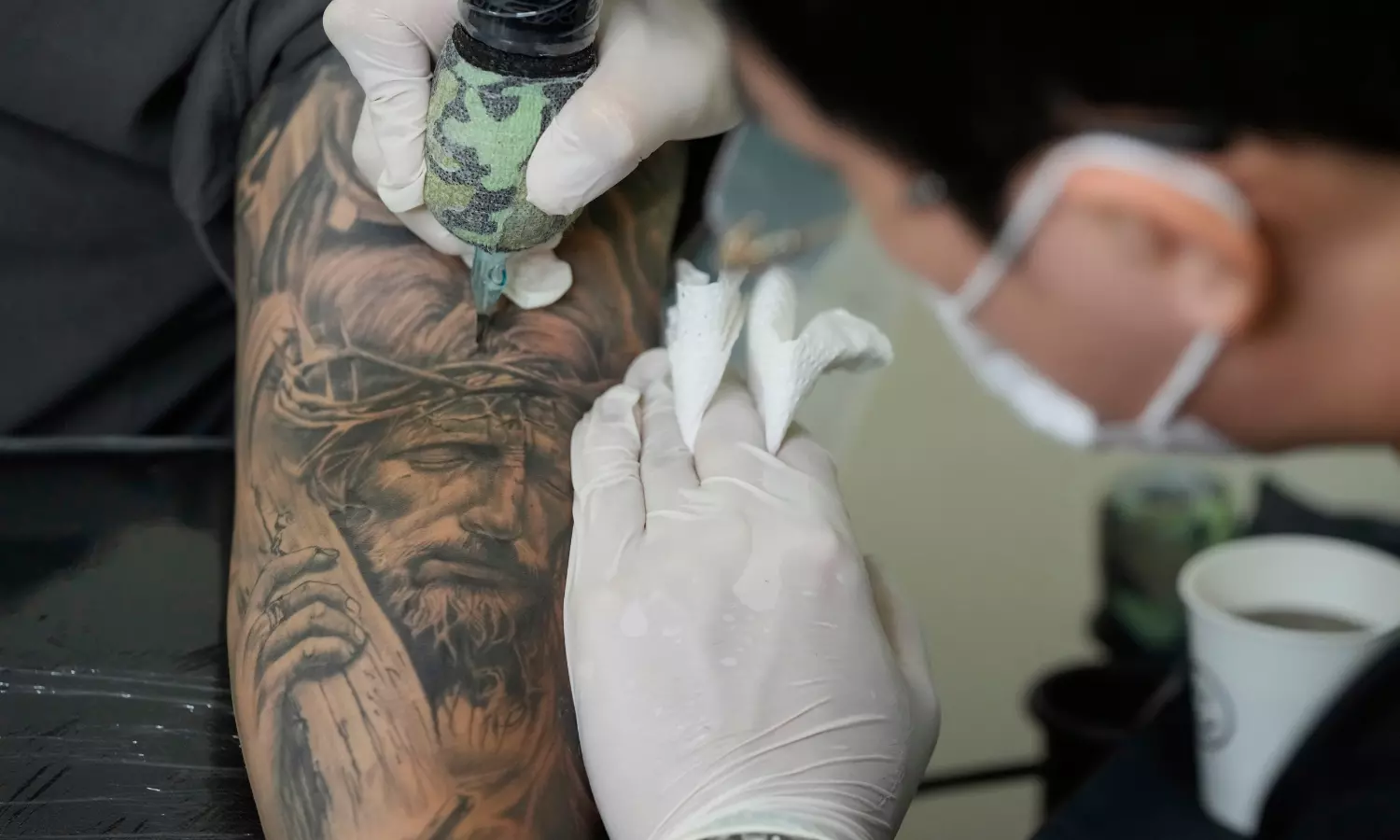By Contributor,Jen Reeder
Copyright forbes

It’s important for make a plan for what would happen to your pet if you die.
Last month when a woman with leukemia entered hospice, she felt strongly that she wanted to continue caring for her two cats for as long as possible. She stayed in close contact with a member of the staff at Friends of Strays Animal Shelter, a nonprofit in Saint Petersburg, Florida, who took time to visit her both at home and in the hospital.
When the time came, the shelter welcomed the two cats to a special area for grieving pets. After their former owner passed away and the cats were ready, Friends of Strays adopted them into a new home.
The cats were enrolled in the shelter’s Pet Guardianship program, which offers a way for people to ensure their pets will be cared for if they die, enter hospice care or become incapacitated, according to Dara Worthington, CEO of Friends of Strays.
“The main goal for this is to give people the opportunity to have a pet in their life for as long as they possibly can,” she said. “So many people, as they age, don’t want to take the chance of getting an animal and then passing away or not being able to take care of them — and the stress that comes along with that. So we developed this program to give them the opportunity to have that love for as long as they can.”
After her owner died, Babe entered Friends of Strays Animal Shelter through the Pet Guardianship program.
Jessica Salmond/Friends of Strays
MORE FOR YOU
The love a pet brings to our lives also offers health benefits. Research shows pets can be an important part of healthy aging, from helping decrease stress and loneliness to maintaining physical function and slowing cognitive decline.
How The Pet Guardianship Program Works
The Pet Guardianship program at Friends of Strays is open to people of all ages, though most participants are over 65 years old. The way it works is participants allocate a donation of $5,000 in their will for each pet they’d like to enroll.
They also fill out a form with extensive information about their pet — from personality traits and medications to favorite foods and toys — to help make the transition to a new home as easy as possible should the need arise.
“We want to know everything about that animal so that we can find them the best match after they come to our shelter,” Worthington said. “We get photos of them, and we also ask the people who are participating to let their friends and family know that they’ve enrolled in this program so that as soon as something happens, we can get the animals into our care, take care of any medical issues that they may have and get them ready for adoption.”
Pets play an important role in healthy aging.
The reason why Friends of Strays asks for $5,000 per pet is to help other homeless animals as well. The shelter relies almost entirely on the generosity of donors to help rehome around 2,000 animals each year, so setting up planned gifts like the ones in the Pet Guardianship program helps the shelter provide medical care, adoption support and “anything that the animals that come into our shelter need to find a loving home,” according to Worthington.
“So you’re not only helping your own pets when you sign up for this program, but you’re also helping many, many others,” she said. “We always like to say that ‘Love saves lives,’ and this is a prime example of that.”
Why There’s A Need For The Pet Guardianship Program
Many pets land in shelters when their owner dies, she noted. Cats can have particularly long lifespans; Worthington’s own cat, Max, lived to be 21 years old.
Cats can live to be over 20 years old.
Years ago, Worthington knew a family that opted to euthanize a healthy, 8-year-old basset hound after his owner died and none of his children could take in the dog.
“That has stayed with me my entire life since then,” she said. “I don’t want any animal to be in a position where they’re healthy and they should have a good long life, and they’re being euthanized because the family just doesn’t want to deal with them.”
That’s why she hopes people with pets will think carefully about where their pet would go if something unexpected happens. If there’s not a family member, friend or neighbor who is willing to adopt their pet if they die, she hopes they’ll consider shelter programs like the Pet Guardianship program.
Though Worthington is only 56 and will likely outlive her pets, she’s already made contingency plans for her dogs and cats — just in case. It’s something she feels pet lovers of all ages should do.
“I want to make sure that my dogs and my cats go to the best possible place when my time comes,” she said. “People should always make a plan for their pets.”
Editorial StandardsReprints & Permissions



